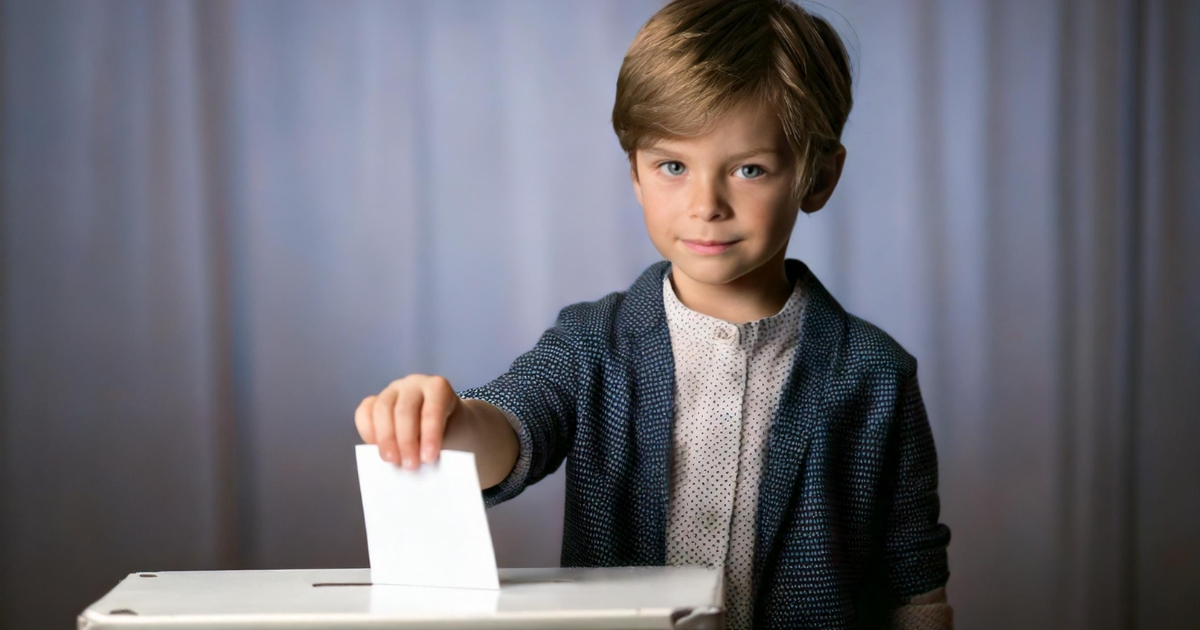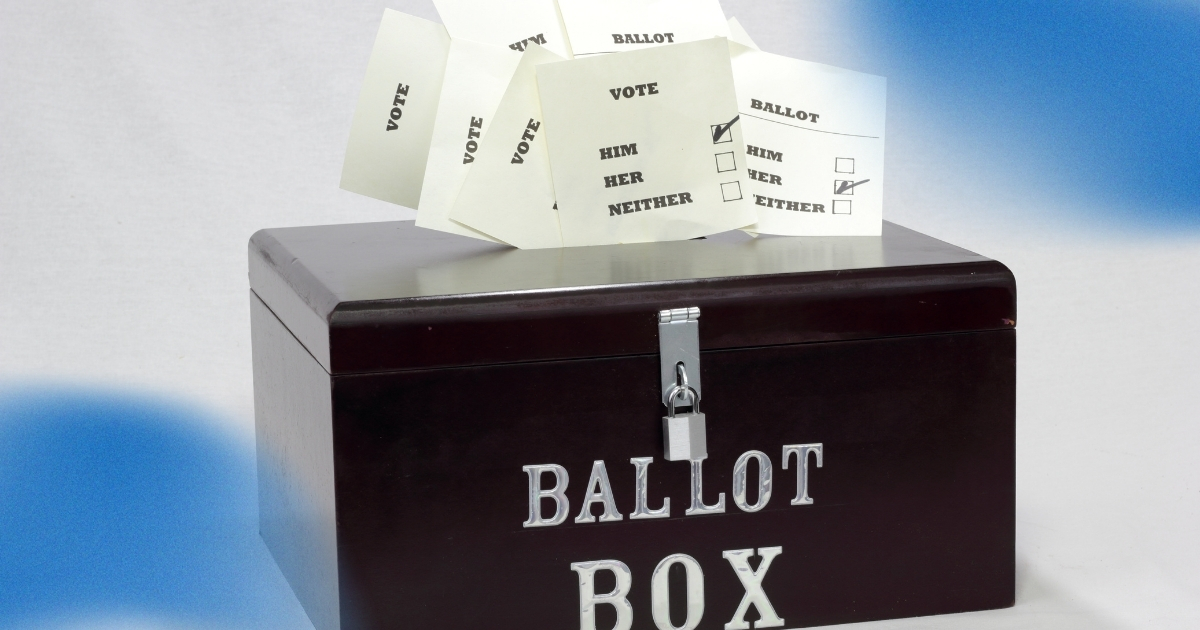When it comes to educating our children about the importance of elections and voting, homeschooling parents hold a unique advantage. In a traditional school setting, civics lessons may get lost among other subjects or not receive the attention they deserve. But as a homeschooling parent, you have the flexibility and creativity to make civic responsibility an integral part of your homeschool curriculum education.
This blog post aims to provide you with engaging activities to teach your kids about voting and the significance of elections, ensuring they grow into informed, responsible citizens. These activities are designed to be both educational and fun, making social science come alive for your children.
The Foundation Of Civic Responsibility
Understanding the importance of elections is a crucial part of civic education. Teaching kids about voting helps them grasp the democratic processes that shape their country. It also empowers them with the knowledge that their voices matter. When kids see elections as something relevant and impactful, they are more likely to participate actively when they become eligible voters. Engaging activities can make this learning process enjoyable, which is essential for retaining their interest and curiosity. Homeschooling provides a unique opportunity to incorporate real-world events and hands-on activities into your lessons. Instead of merely reading about elections in a textbook, kids can participate in mock elections, create campaign posters, and even engage in debates. This practical approach not only makes learning more enjoyable but also deepens their understanding of the subject.
Before diving into specific activities, it’s important to lay a solid foundation of civic responsibility. This involves discussing what it means to be a responsible citizen and why participation in elections is vital. Explain to your children that voting is not just a right but also a duty. It’s how citizens help decide who will make important decisions on their behalf. By participating in elections, individuals contribute to the direction of their community and country.
Discussing current events is an excellent way to make this concept relatable. For example, you could talk about recent elections and their outcomes, highlighting how these decisions impact everyday life. This helps children understand that elections are not abstract events but have real-world consequences. It’s also a great way to introduce them to the idea of representation and how elected officials make decisions that affect various aspects of society. The following are some ideas for teaching civic responsibility in the homeschool:
Mock Elections A Hands-On Learning Experience
One of the most effective ways to teach kids about voting is through mock elections. This hands-on activity allows children to experience the electoral process firsthand. You can start by explaining the steps involved in an election, from campaigning to casting votes and tallying results. Then, organize a mock election within your homeschooling group or even just within your family. Choose a fun and relevant topic for the election, such as selecting a new family pet or deciding on the next family vacation destination. Create campaign teams, complete with candidates, campaign managers, and speechwriters. Encourage the candidates to create campaign posters and deliver speeches explaining why they are the best choice. This not only teaches kids about the electoral process but also helps develop their public speaking and persuasive writing skills.
On election day, set up a voting booth with ballots and a ballot box. After everyone has cast their votes, count the ballots together and announce the winner. This activity provides a comprehensive understanding of how elections work, from campaigning to voting and counting the results. It also emphasizes the importance of each vote, as children can see how their individual choices contribute to the final outcome.
Debates and Discussions Encouraging Critical Thinking
Another engaging activity for teaching kids about voting is organizing debates and discussions. Debating helps children develop critical thinking and public speaking skills, both of which are essential for becoming informed voters. Choose relevant and age-appropriate topics for the debates, such as environmental policies, school uniforms, or the benefits of community service. Divide the children into teams and assign them different positions on the topic. Encourage the teams to research their positions thoroughly, using reliable sources. This teaches them the importance of seeking accurate information and forming well-informed opinions.
During the debate, emphasize the importance of respectful discourse and listening to opposing viewpoints. This fosters a sense of empathy and understanding, which are crucial for healthy democratic participation. After the debate, hold a group discussion to reflect on the experience. Ask questions like, “What did you learn from researching this topic?” and “How did hearing different viewpoints affect your opinion?” This helps children internalize the value of critical thinking and open-mindedness. It also reinforces the idea that voting is not just about choosing a candidate but about making informed decisions based on careful consideration of various perspectives.
Campaign Posters and Advertisement Projects
Creating campaign posters and advertisements is another fun and educational activity that can enhance your homeschool curriculum education. This project allows children to explore their creativity while learning about the importance of elections and the role of campaigns in influencing voters. Start by discussing the elements of an effective campaign poster or advertisement. Talk about how candidates use slogans, images, and messages to communicate their values and persuade voters.
Provide your children with art supplies and encourage them to design their own campaign posters. They can choose a real or fictional candidate and create posters that highlight the candidate’s key messages and promises. This activity not only teaches kids about the power of visual communication but also helps develop their artistic skills. For a more advanced project, you can incorporate digital tools. Have your children create video advertisements using simple video editing software. They can write scripts, record themselves delivering campaign messages, and add visual effects. This project combines creativity with technology, providing a well-rounded learning experience that emphasizes the role of media in modern elections.
Creating a Homeschool Election Board
Setting up an election board in your homeschool area can be a great way to keep track of current events and engage your children in ongoing discussions about elections. Use a bulletin board or a large poster board to display information about upcoming elections, candidate profiles, and important issues.
Encourage your children to research and contribute to the board regularly. This activity not only keeps your children informed about current events but also fosters a sense of ownership and responsibility. They can take turns updating the board, presenting new information, and leading discussions about the latest developments. This continuous engagement helps reinforce the importance of elections and the role of informed citizens in the democratic process.

Field Trips to Civic Institutions
Field trips to civic institutions like city halls, courthouses, or state legislatures can provide valuable real-world learning experiences. These trips allow children to see the inner workings of government and understand how decisions are made at different levels. Contact local officials to arrange guided tours or attend public meetings. This gives your children the opportunity to ask questions and engage with civic leaders directly. If physical visits are not possible, consider virtual tours and online resources. Many government websites offer virtual tours and educational materials that can provide similar insights. These experiences help demystify the workings of government and make the concept of civic responsibility more tangible for your children.
Reading and Discussing Books on Civic Responsibility
Books are a powerful tool for teaching kids about voting and the importance of elections. Choose age-appropriate books that explore themes related to democracy, elections, and civic responsibility. Some recommended titles include “Duck for President” by Doreen Cronin for younger children and “The Kid Who Ran for President” by Dan Gutman for older kids. Read these books together and discuss the key themes and messages. Ask questions like, “Why is it important to vote?” and “What qualities make a good leader?” This not only reinforces the lessons but also encourages critical thinking and reflection. Additionally, consider incorporating books that highlight the contributions of historical figures who fought for voting rights. This provides a broader context and helps children appreciate the significance of their civic duties.
Role-Playing Government Official
Role-playing is a fun and interactive way to teach kids about voting and the responsibilities of government officials. Assign different roles to your children, such as mayor, city council member, or judge. Create scenarios where they must make decisions on various issues, such as building a new park or implementing a recycling program. Encourage them to research their roles and the issues they are addressing. This helps them understand the complexities of governance and the importance of making informed decisions. After the role-playing activity, hold a debriefing session to discuss what they learned and how they felt in their roles. This activity not only teaches about the electoral process but also fosters empathy and leadership skills.
Hosting a Family Debate Night
Hosting a family debate night is a great way to engage the entire family in discussions about current events and civic responsibility. Choose topics that are relevant and interesting to your children, such as the merits of school uniforms or the benefits of community service. Assign different positions to each family member and encourage everyone to research and prepare their arguments. During the debate, emphasize the importance of respectful discourse and active listening. This helps create a positive environment where everyone feels comfortable expressing their opinions. After the debate, discuss the different viewpoints and what everyone learned. This activity not only enhances critical thinking and public speaking skills but also strengthens family bonds through meaningful discussions.
Preparing Students To Be Informed And Responsible Citizens
Teaching kids about voting and the importance of elections is a crucial part of preparing them for their roles as informed and responsible citizens. By incorporating engaging activities into your homeschool curriculum education, you can make this learning process both enjoyable and impactful. From mock elections and debates to field trips and community involvement, there are numerous ways to bring social science lessons to life.
Remember, the goal is not just to teach facts but to instill a sense of civic responsibility and empowerment in your children. Encourage them to ask questions, seek information, and form their own opinions. By doing so, you are helping to cultivate the next generation of informed voters who will contribute positively to their communities and the democratic process.





